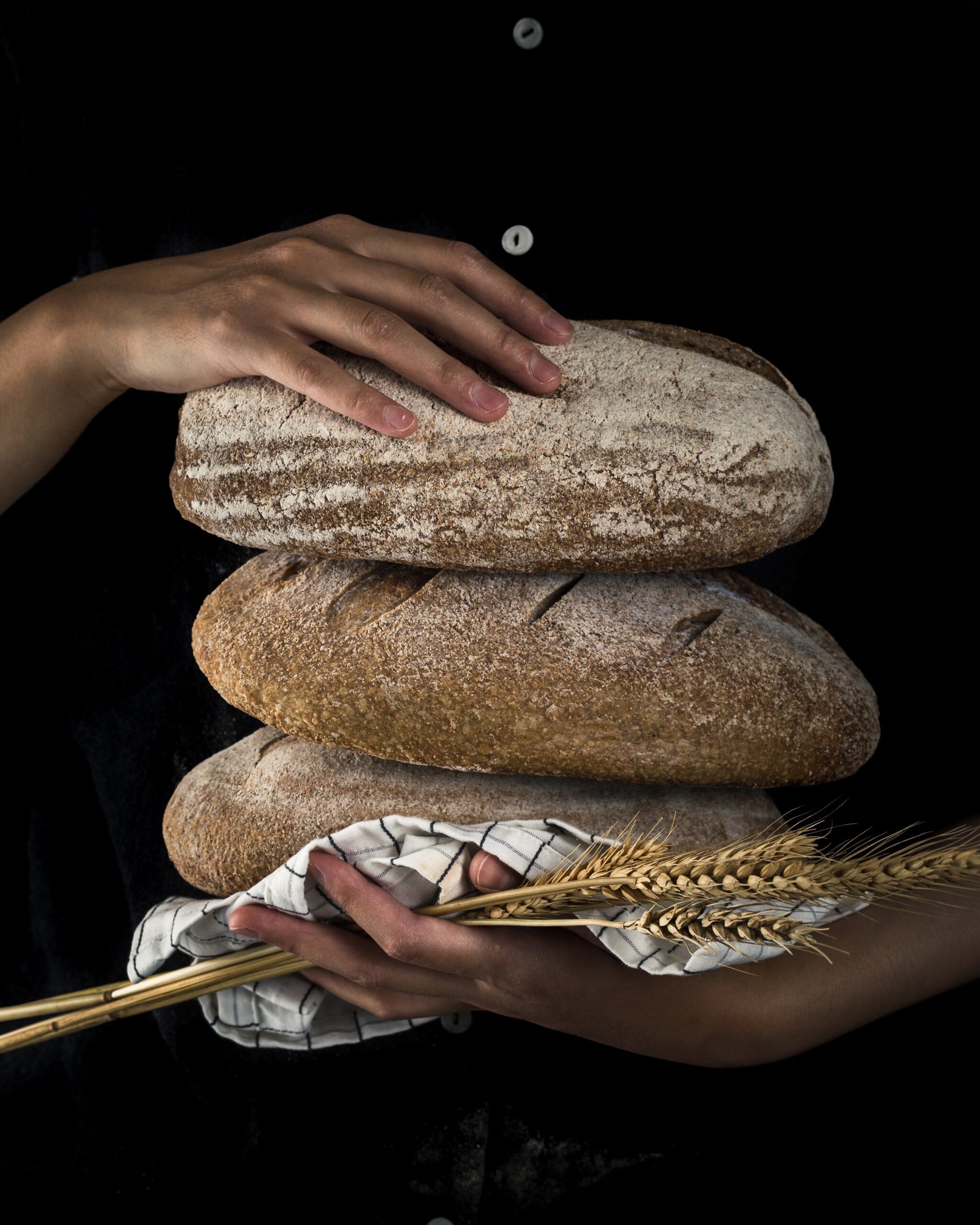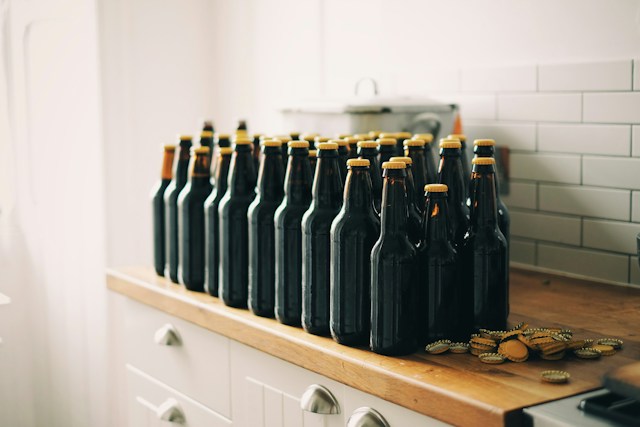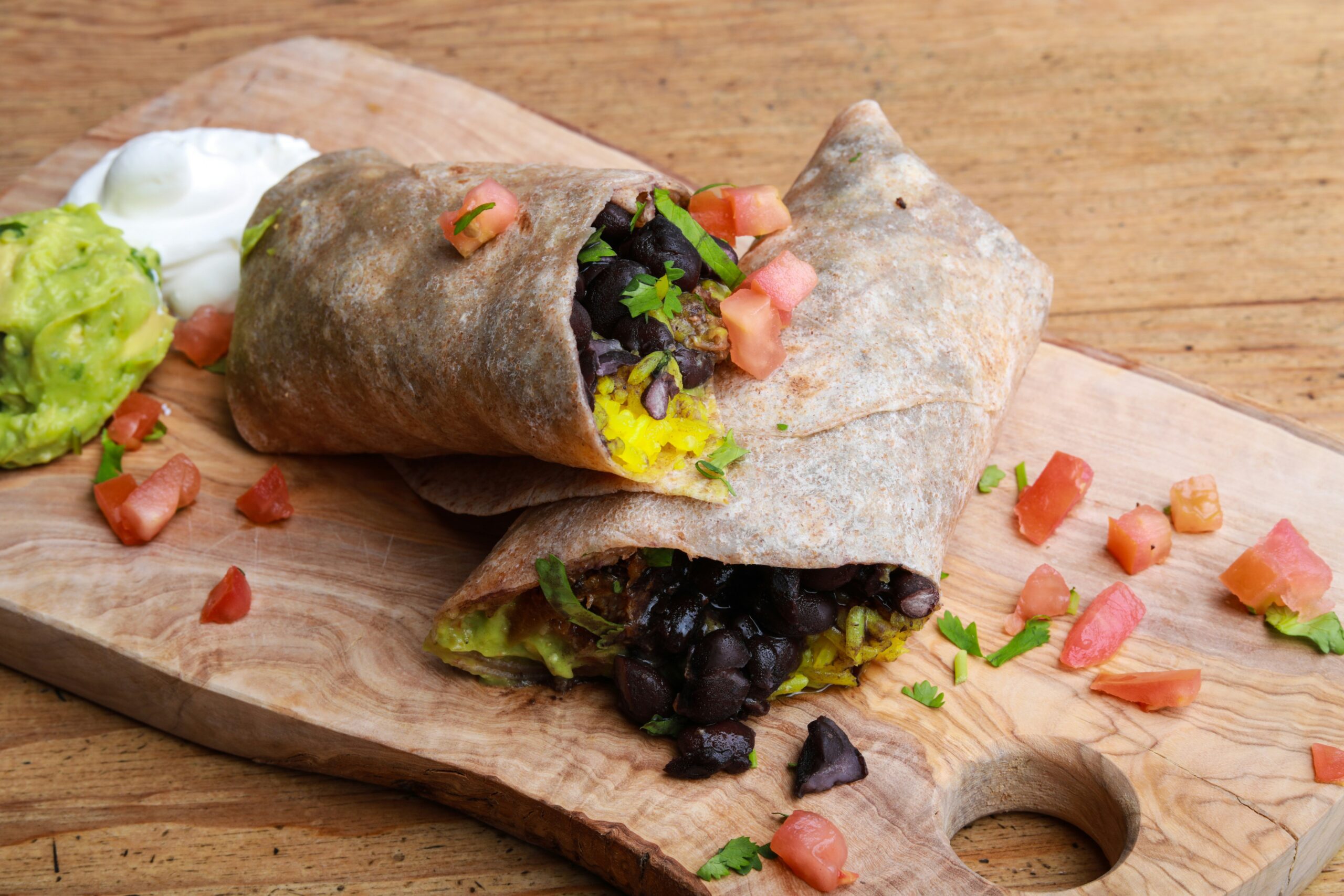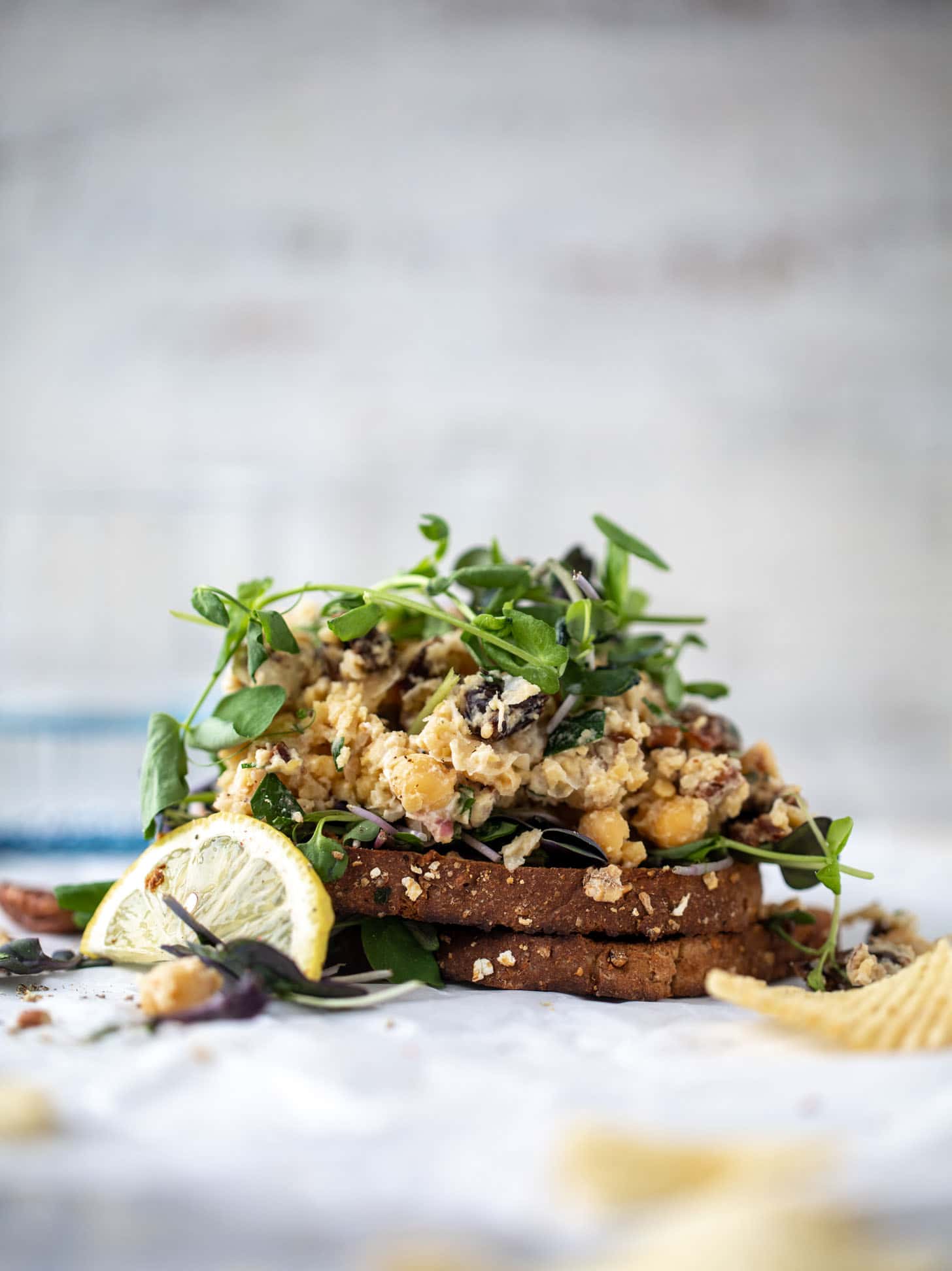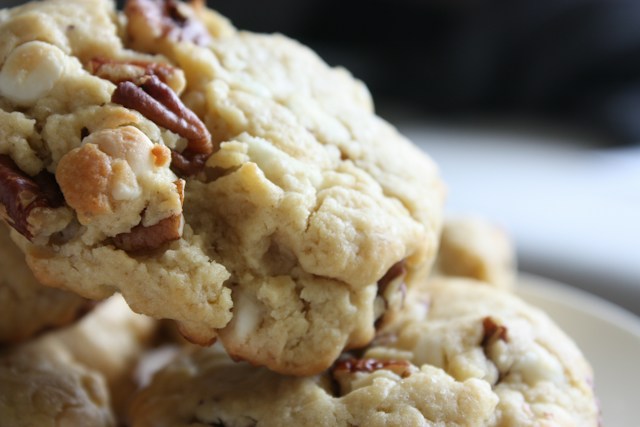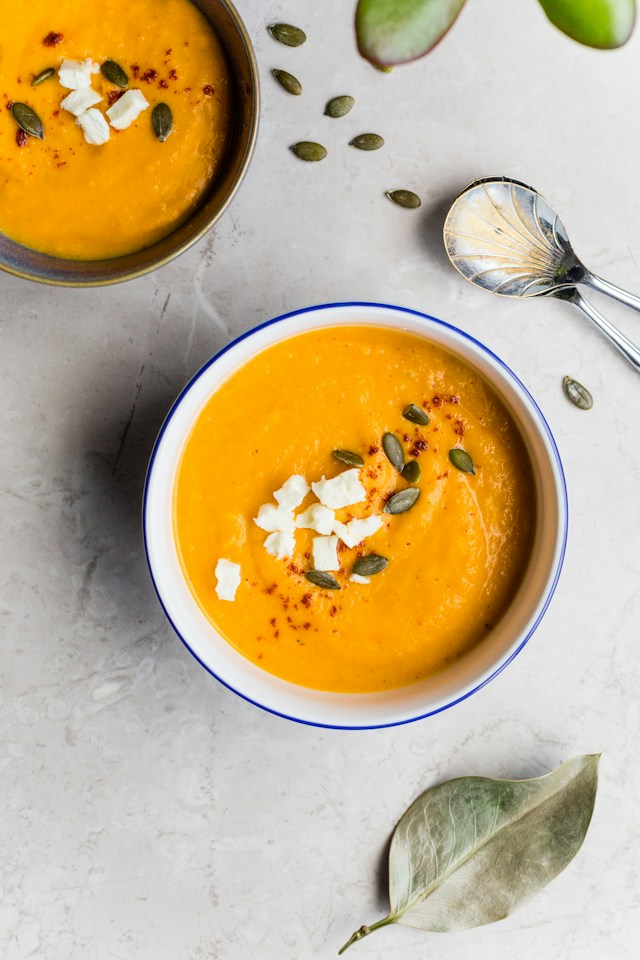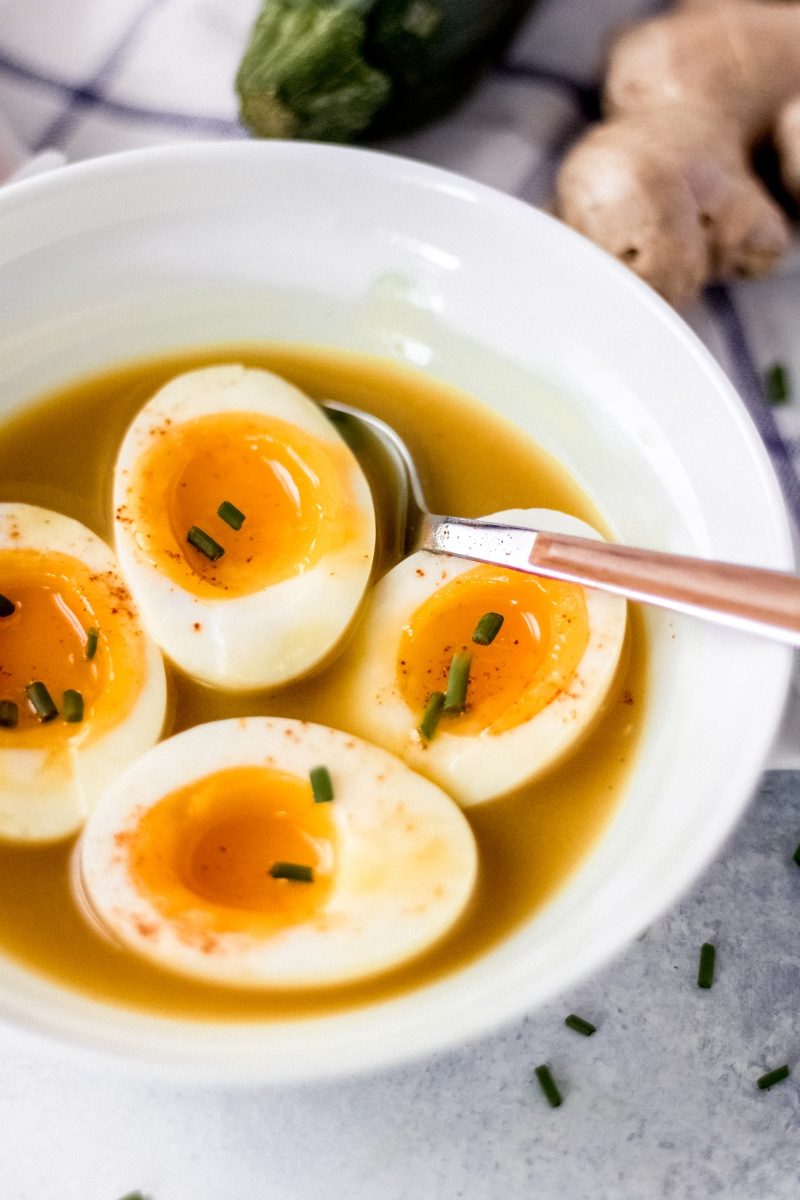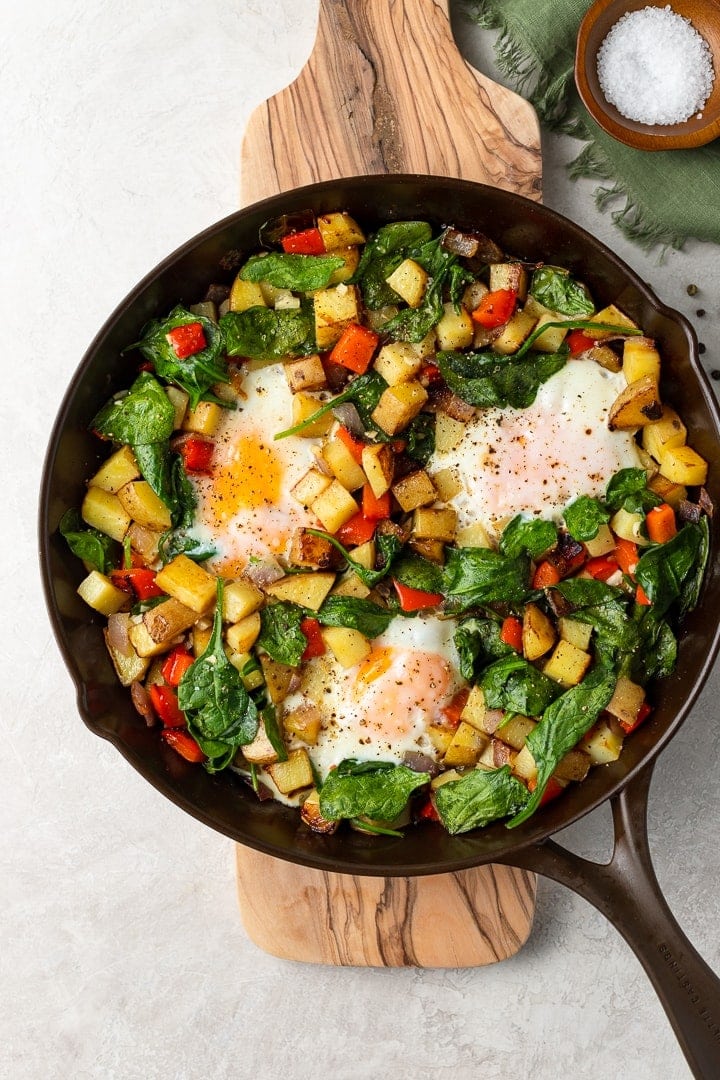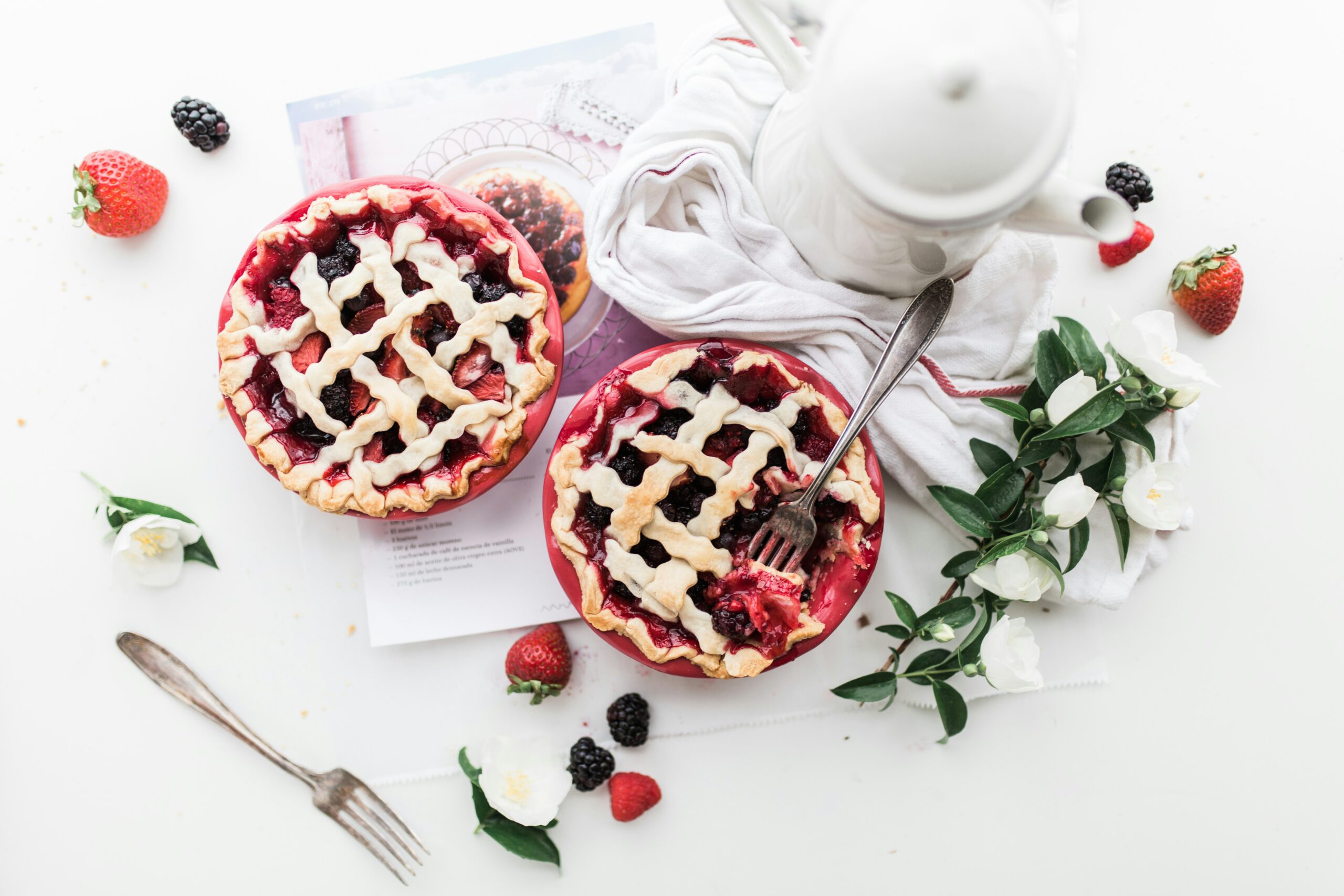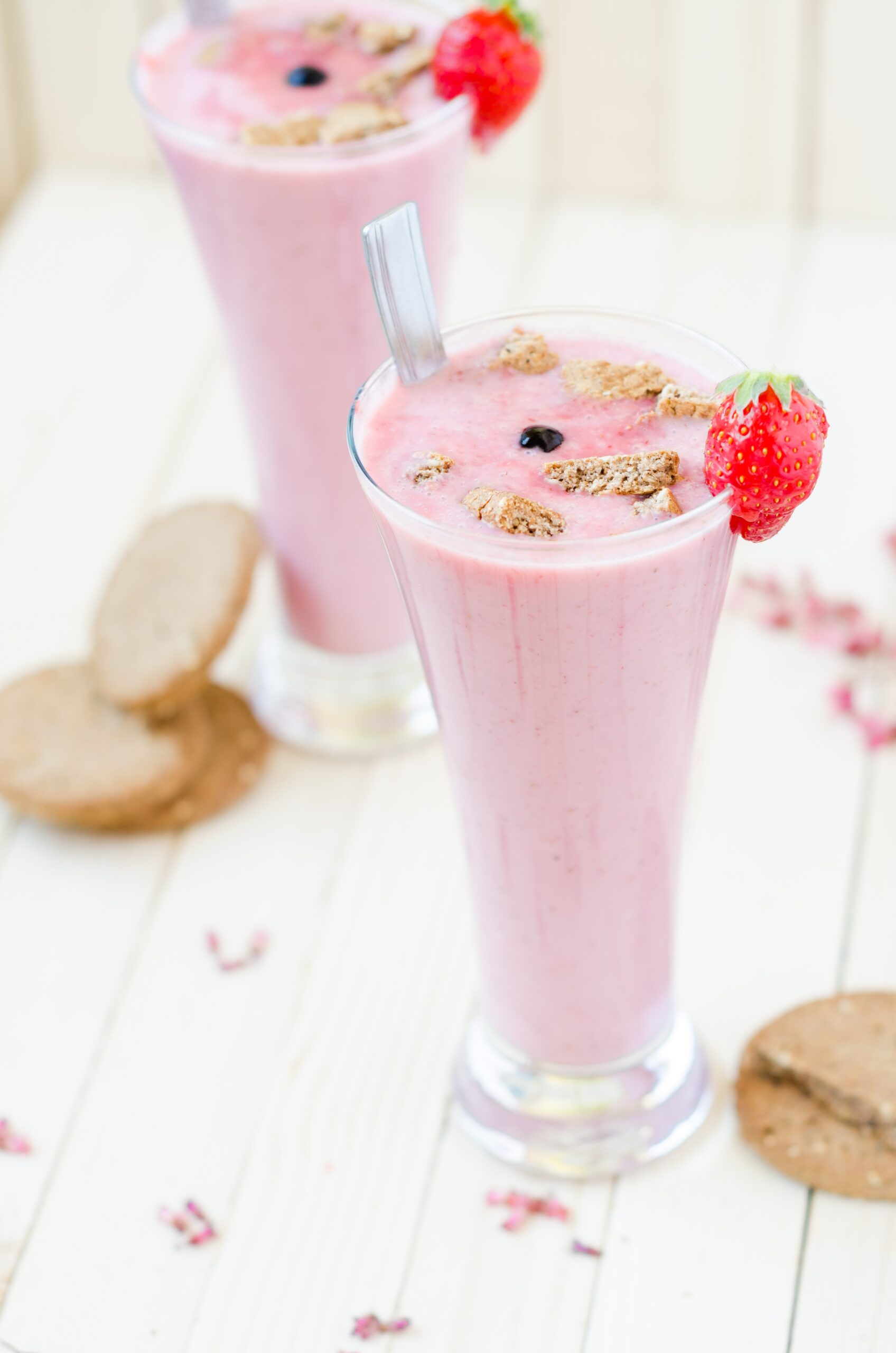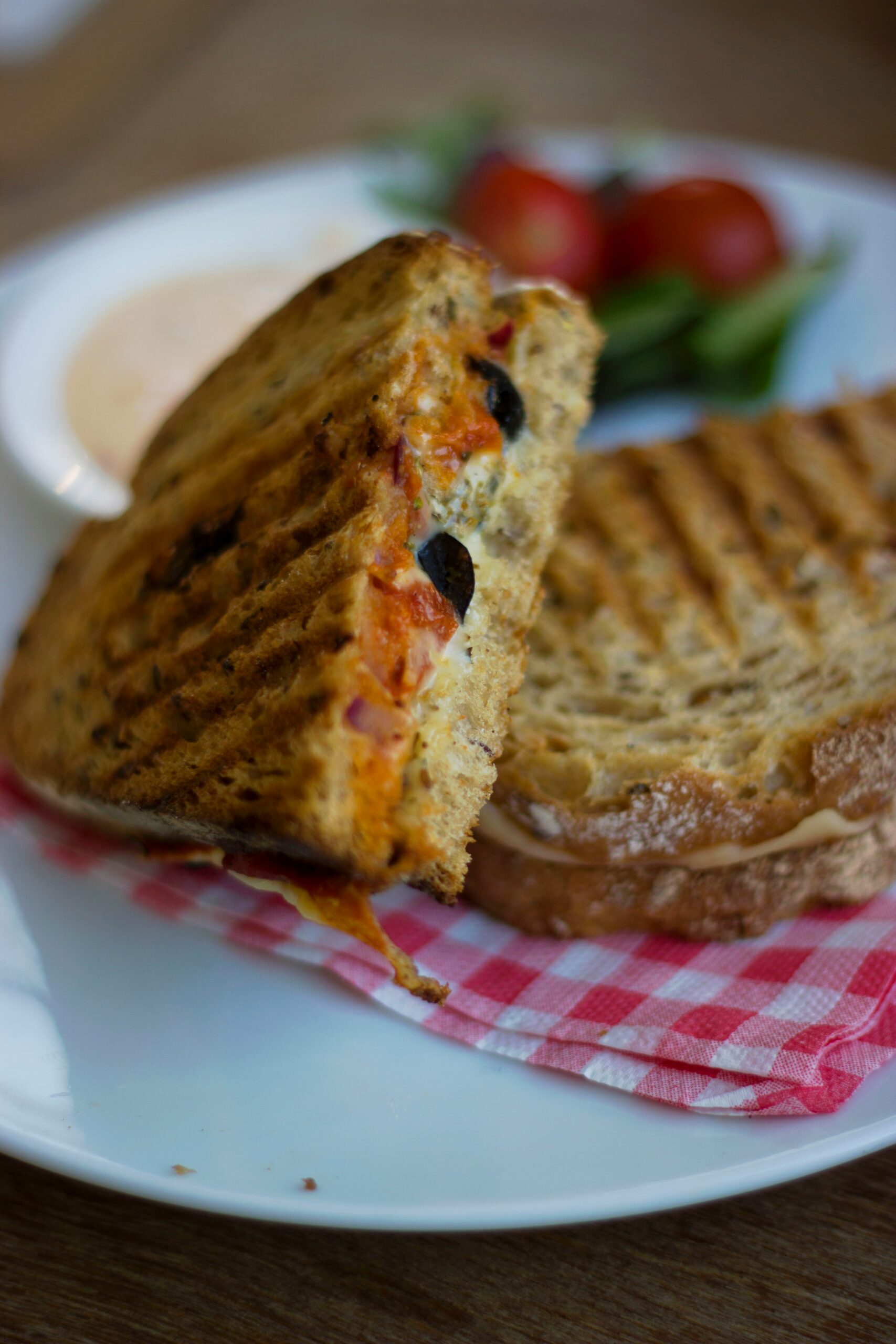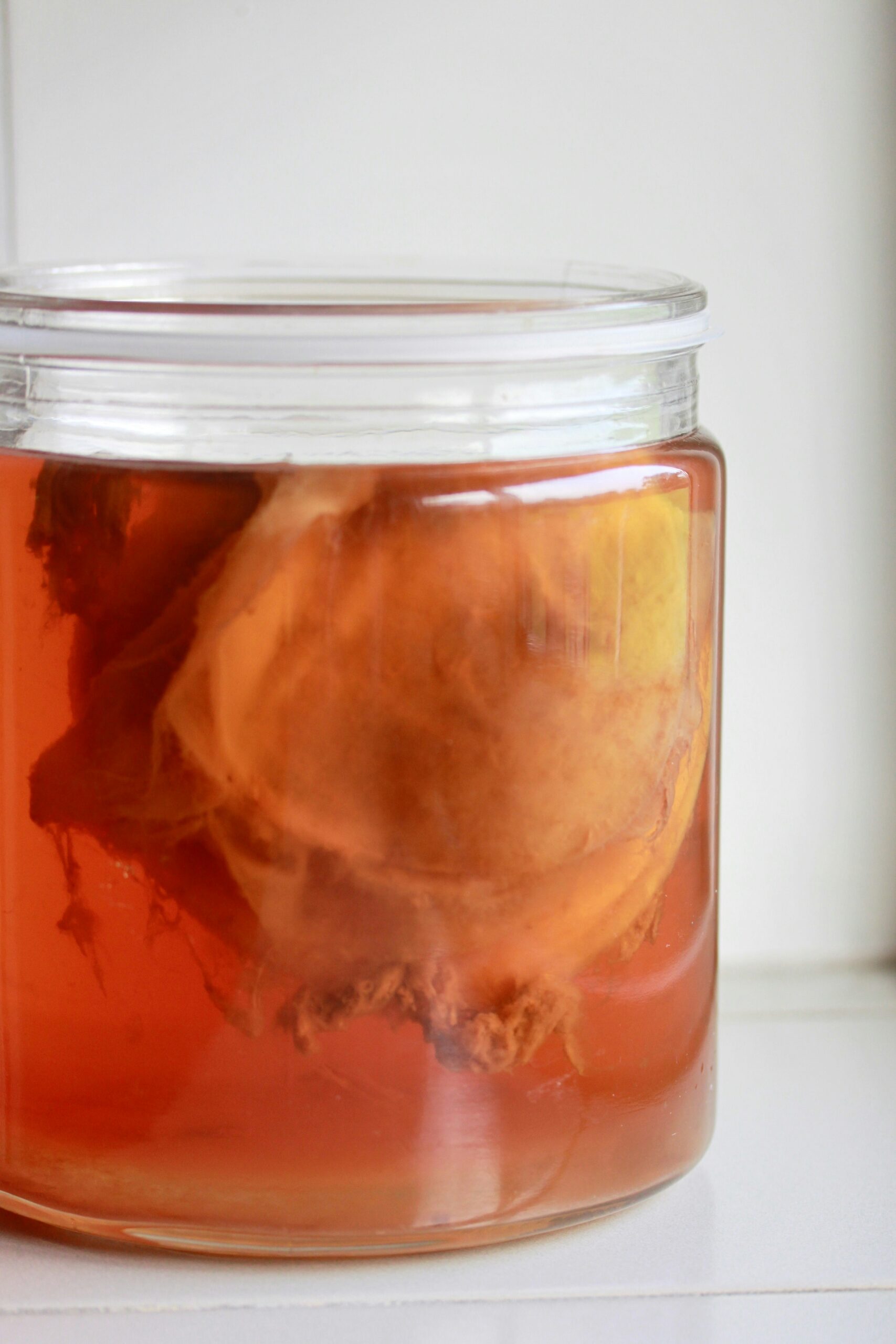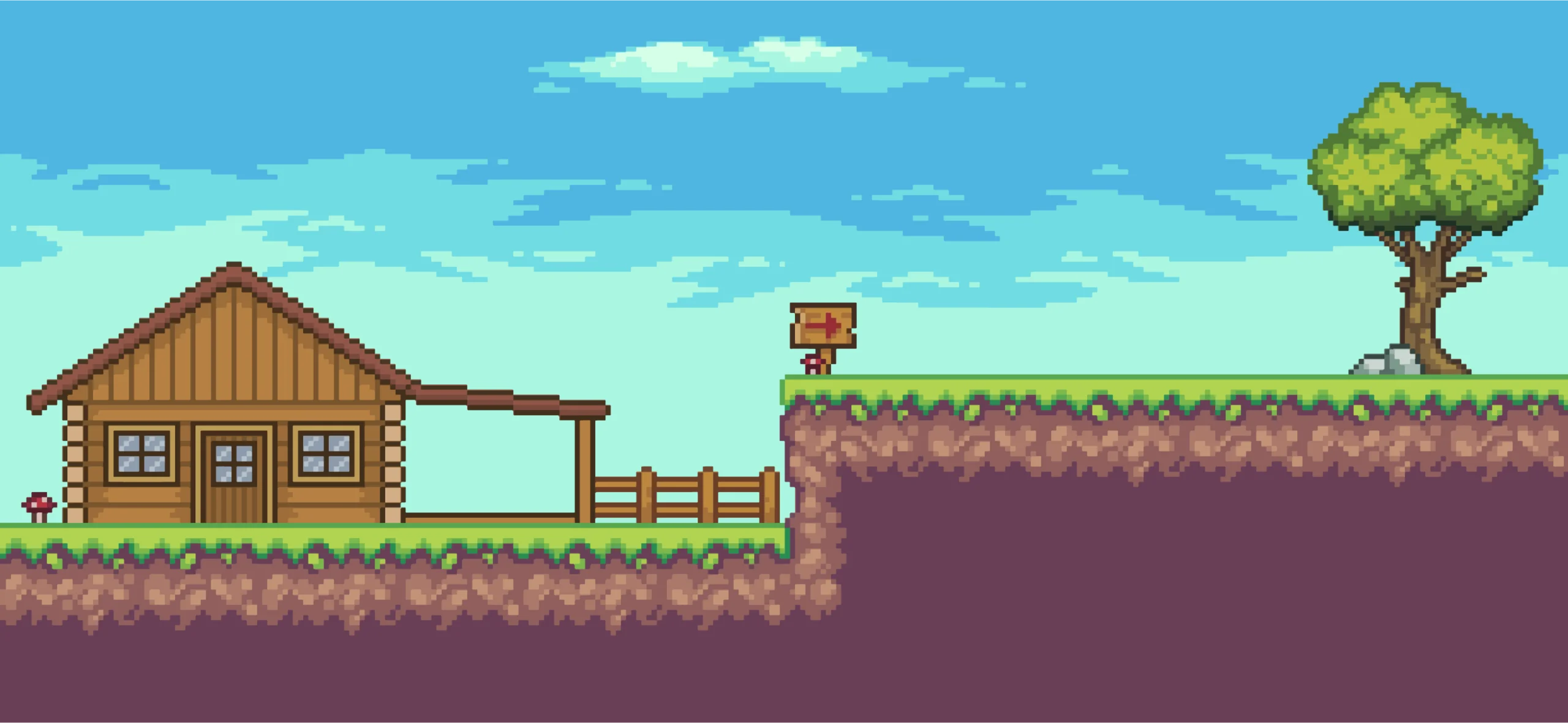What we’re growing to replace 75% of our groceries for our garden.
Our homestead garden is a mixture of areas, including an indoor garden with grow lights on a rack, a 400 sq. ft. backyard garden, a frontyard herb garden, and started most recently–a frontyard edible landscape garden. Keep reading to learn what we’re growing, or planning to grow to fill out our homestead pantry and recipe list.
Indoor Homestead Garden
In chilly Minnesota, growing some food indoors is vital to an overall homestead garden. Our indoor garden is the food we grow year-round in pots and trays. With only six plants currently to manage, this keeps our homesteading schedule simple while providing the most bang for our buck.
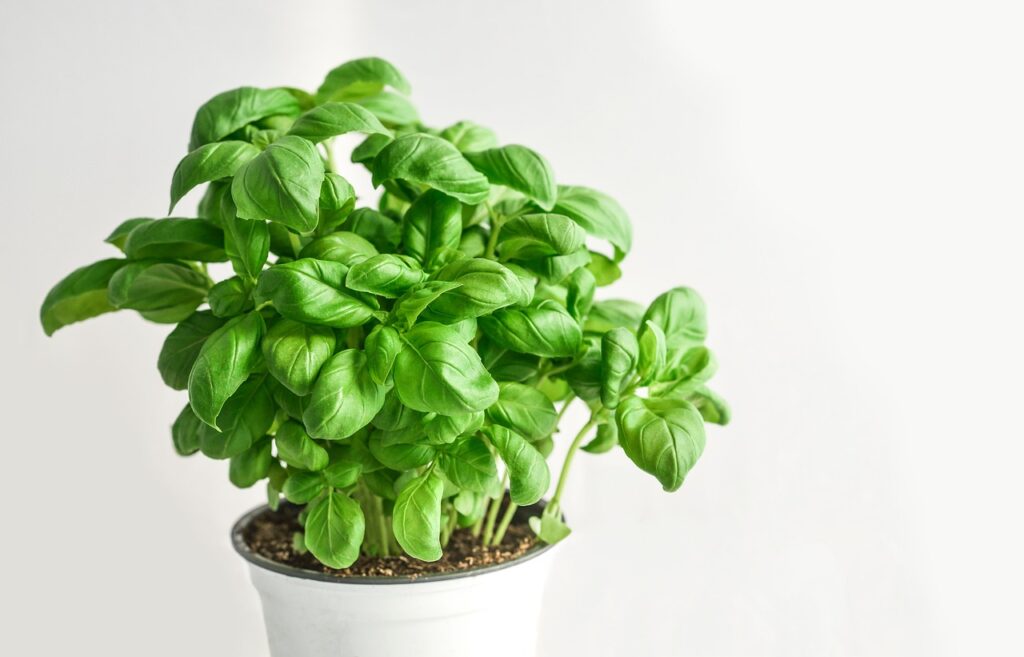
Basil
Basil is great for indoor gardening due to its dense nutritional profile and robust flavor impact. Ensure successful basil growth by planting it in well-draining soil, providing ample sunlight, and regularly pruning to encourage bushier and more flavorful leaves. Keep soil moist without waterlogging.
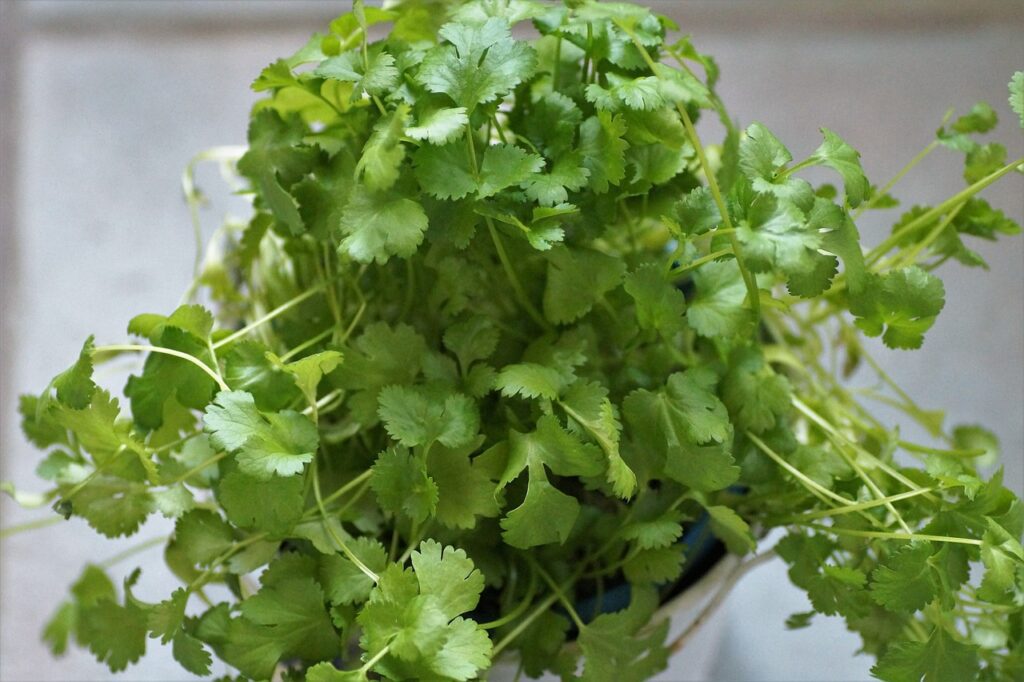
Cilantro (Coriander)
Achieve flourishing indoor cilantro by placing it in a sunny spot, ensuring well-draining soil, and harvesting regularly to promote continuous growth and robust flavor. When indoor gardening, water cilantro only when the soil is dry to the touch.
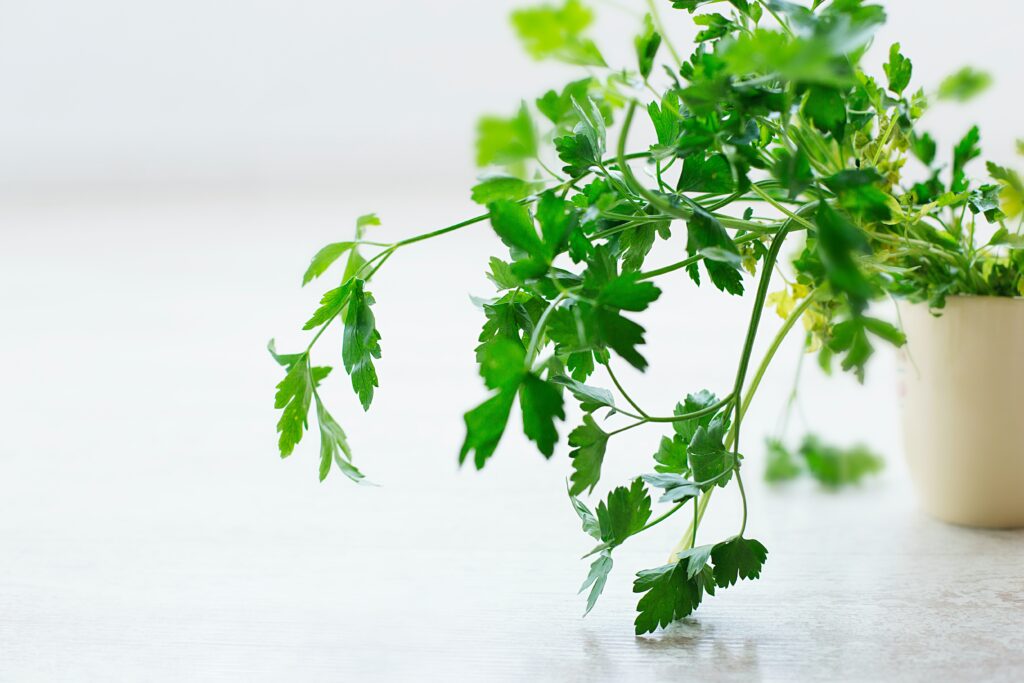
Parsley
Cultivate thriving indoor parsley by placing it in a sunny location, maintaining consistently moist but not waterlogged soil, and providing proper air circulation for a fresh and flavorful herb harvest when indoor gardening.
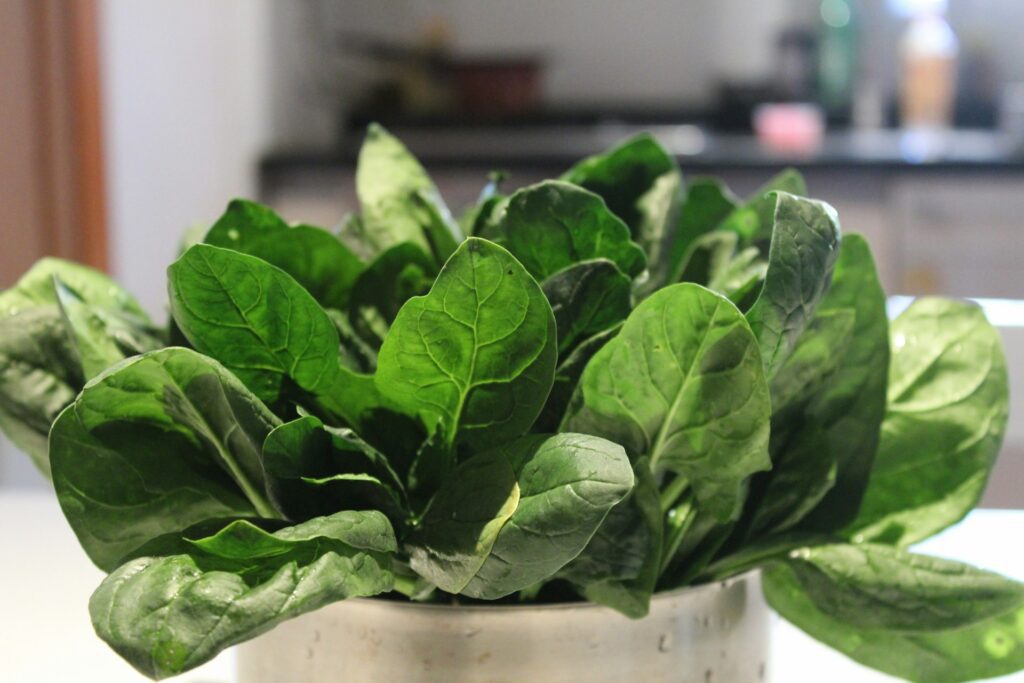
Spinach
Spinach may be considered a cool weather crop when planted outdoors, but it makes a great indoor crop even in indoor temperatures! Getting seeds started can be tricky, but once they get growing, this shady leafy green can thrive indoors.
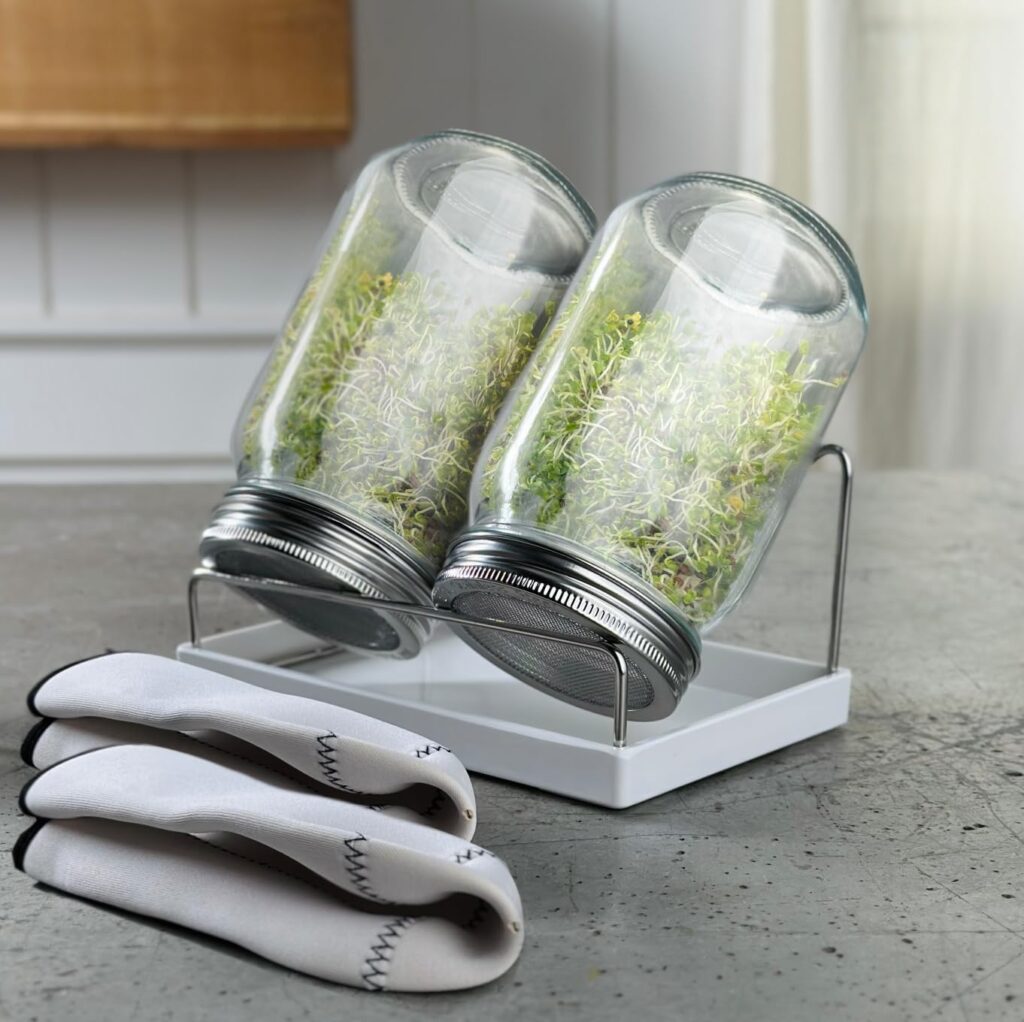
Chia Sprouts
Sprouting chia seeds provides unique nutrition and is a year-round frugal addition to our homestead. While we buy chia sprouts in the grocery store, by late summer you’ll find us growing seed sprouts from sunflowers grown in the garden.
Outdoor Homestead Garden
A homestead garden in an urban environment has many additional considerations, and we are learning new and valuable lessons with each passing year. Currently, our outdoor gardens consist of a 400 sq. ft. backyard garden and two small frontyard gardens.
Permaculture
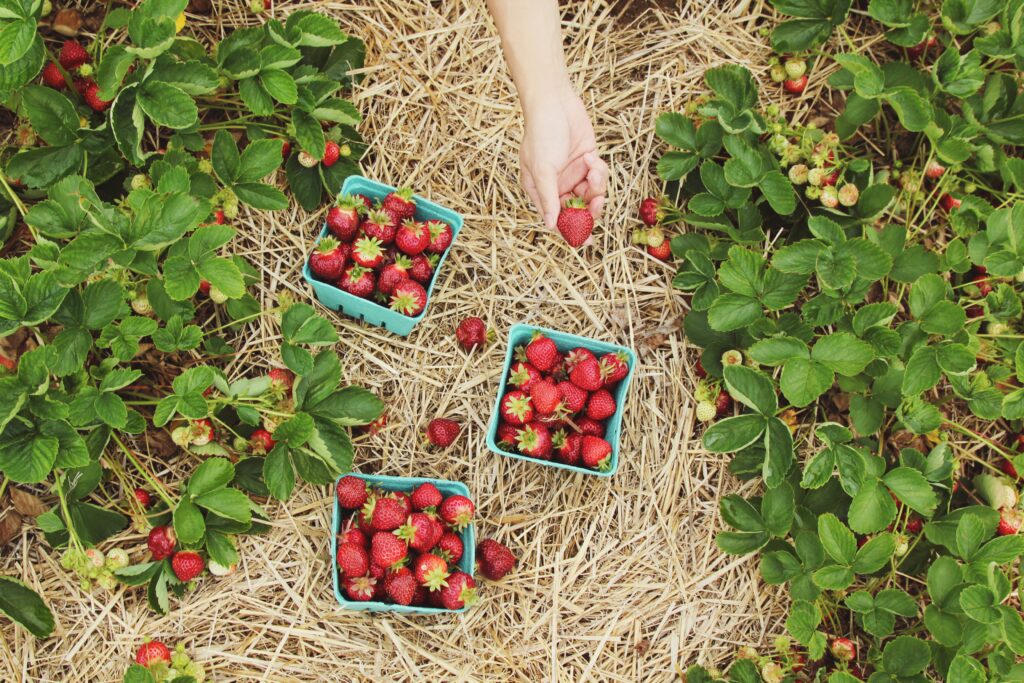
Strawberry Patch
We are currently getting a few good strawberries each season with our small strawberry patch clustered in the center of our backyard garden, but they need more tending to and protection if we hope to expand our harvest.
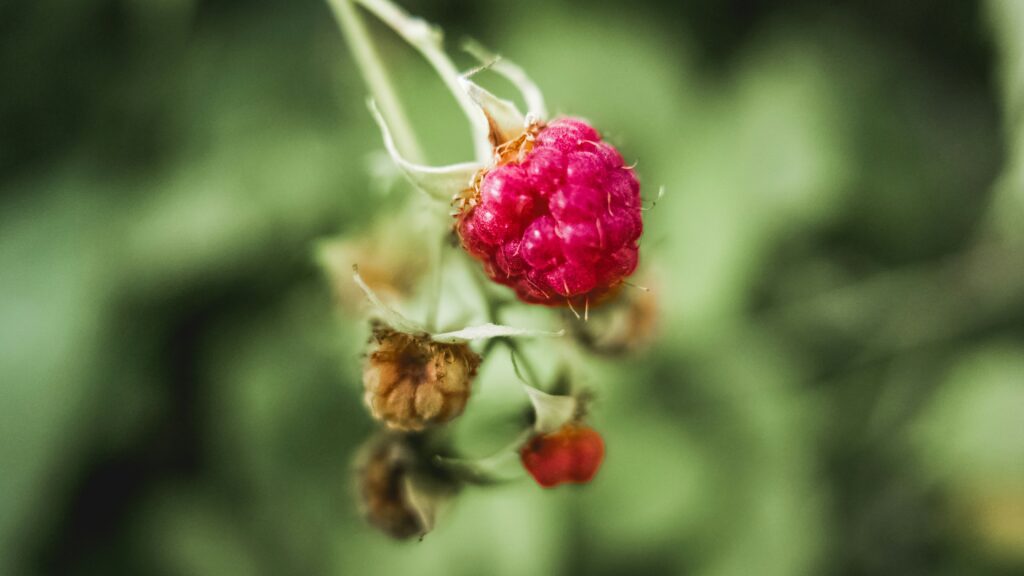
Red Raspberry Bush
Planted two years ago, this red raspberry bush has yet to yield a harvest beyond a couple of berries, but it is growing quickly! Keep checking back as it grows around our house.
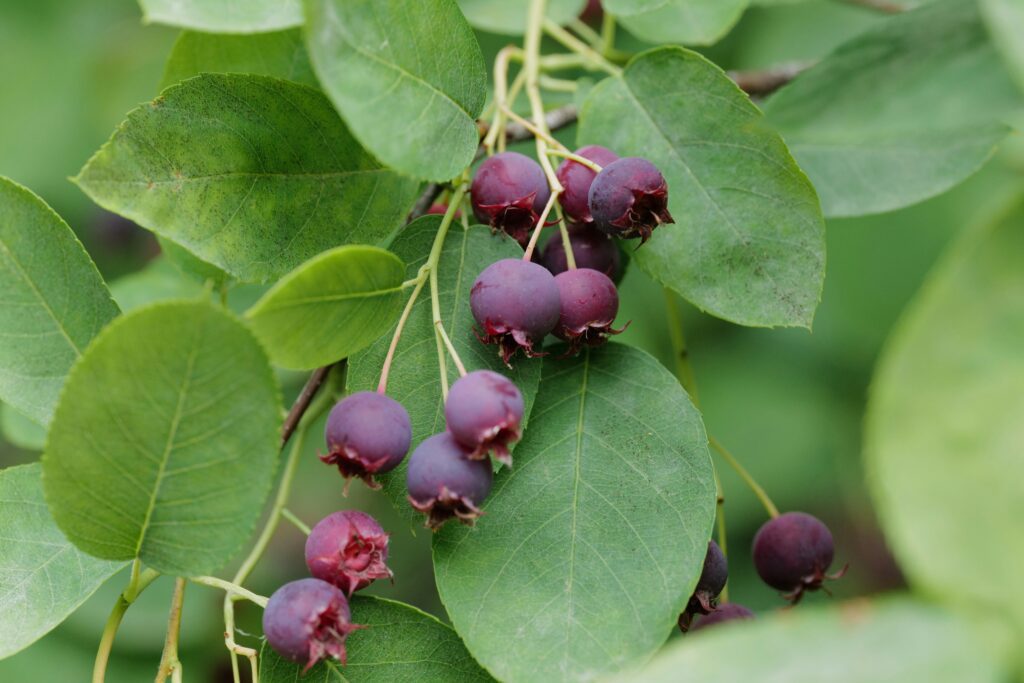
Serviceberry Bush
Planted in the frontyard garden last year, this servicebery bush will grow to a moderate height, be easy to maintain and provide ample amounts of nutritious serviceberries, a fruit similar to bluberries.
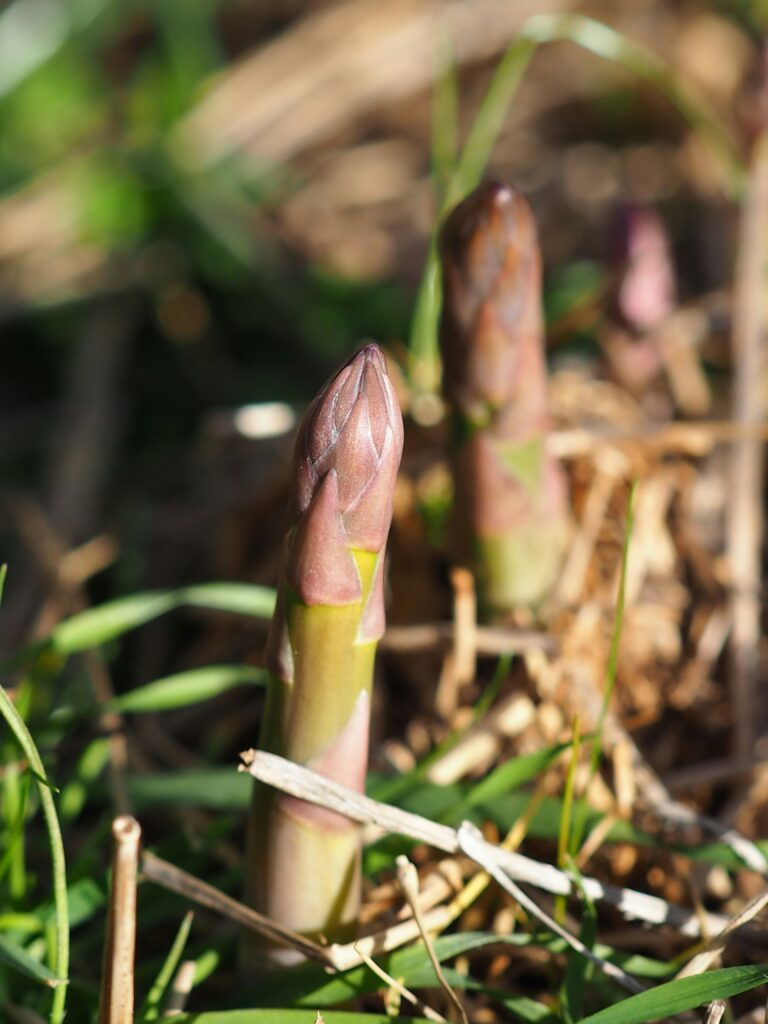
Asparagus Patch
Also a new addition to the garden two years ago, we can’t wait for our first asparagus spear. A favorite to cook with, we’re excited for this perennial to produce harvests for the next 15 years.
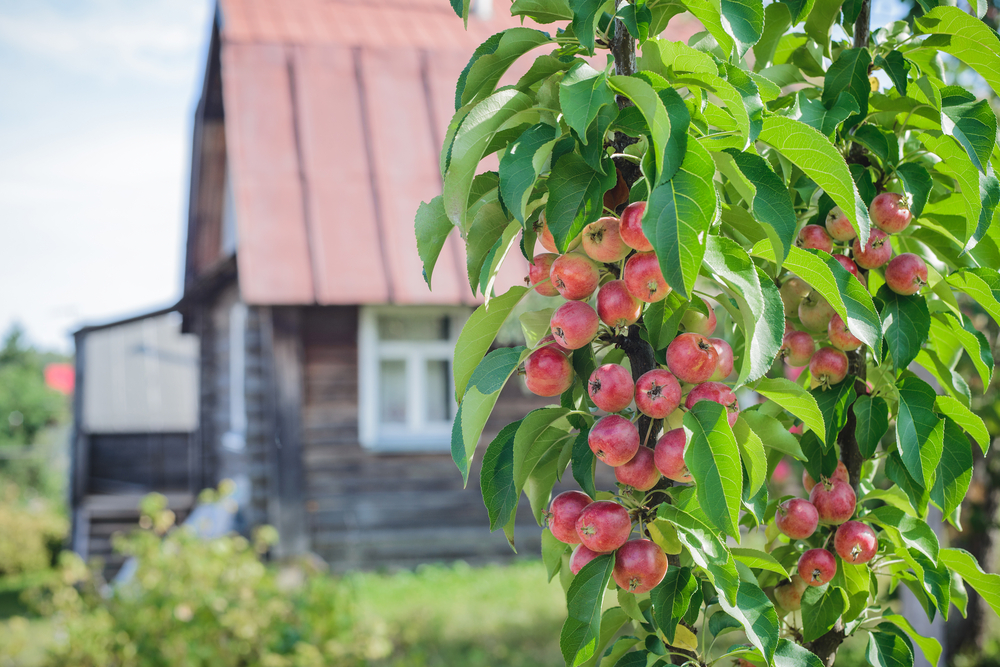
Columnar Apple Trees
Planted last spring, these columnar apple trees will produce three different types of full-grown apples, with a plant only about a foot and a half wide, and ultimately growing up to 10 feet. Right now, they are only about 3 feet tall!
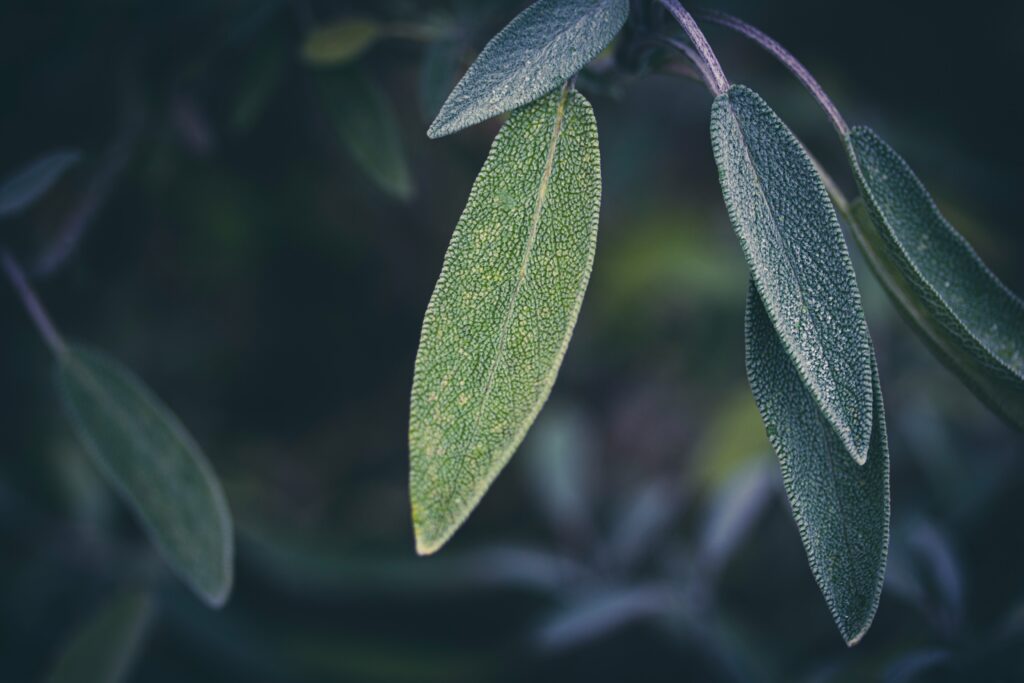
Sage Bush
Our sage bush was an impulse purchase at a nursery that has grown into a large and plentiful source of this healthy herb. Now I’m always trying to learn to cook with it more, as it is so productive, and the excess can be used in homestead crafts.
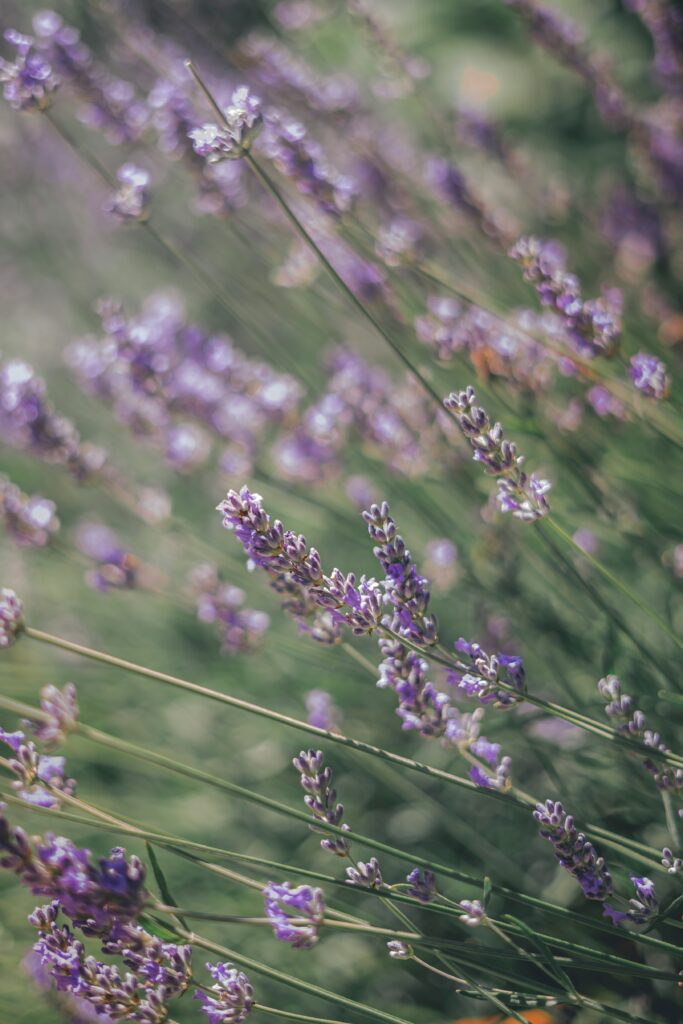
Lavender Bush
Another nursery impulse purchase, this perennial lavender bush has given me more than I can use or eat, so I love to give this beautiful and useful flowering herb away and make homestead crafts.
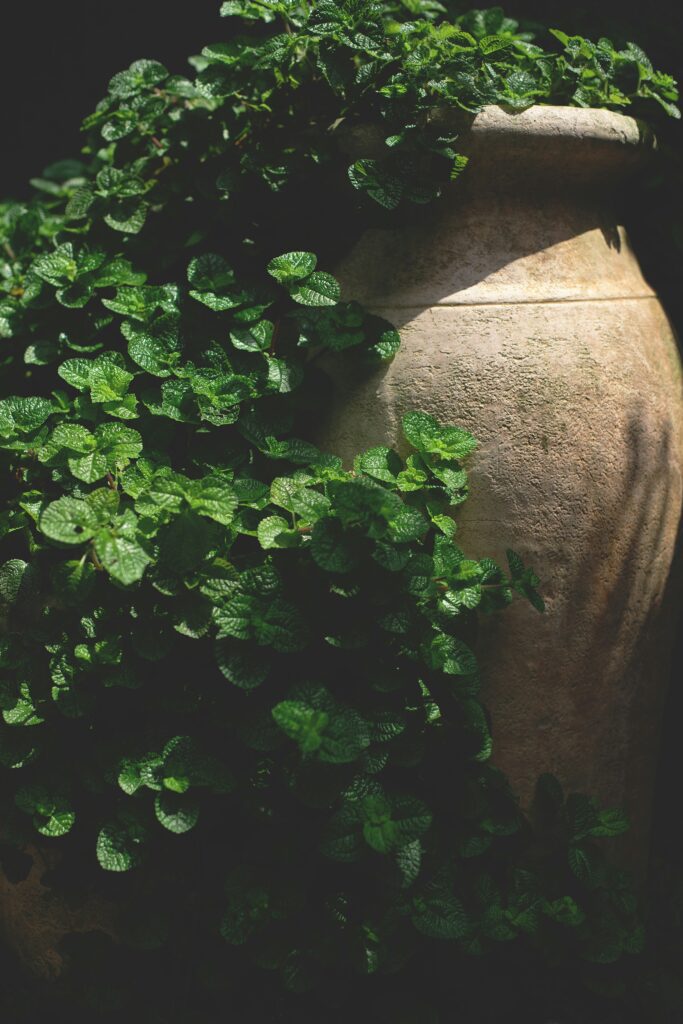
Mint
Tucked away in our backyard, a few different culinary types of mint were planted. Now they are taking over their small garden bed, and there is always enough from Spring to late Autumn to make tea, mint chutney, and other concoctions.
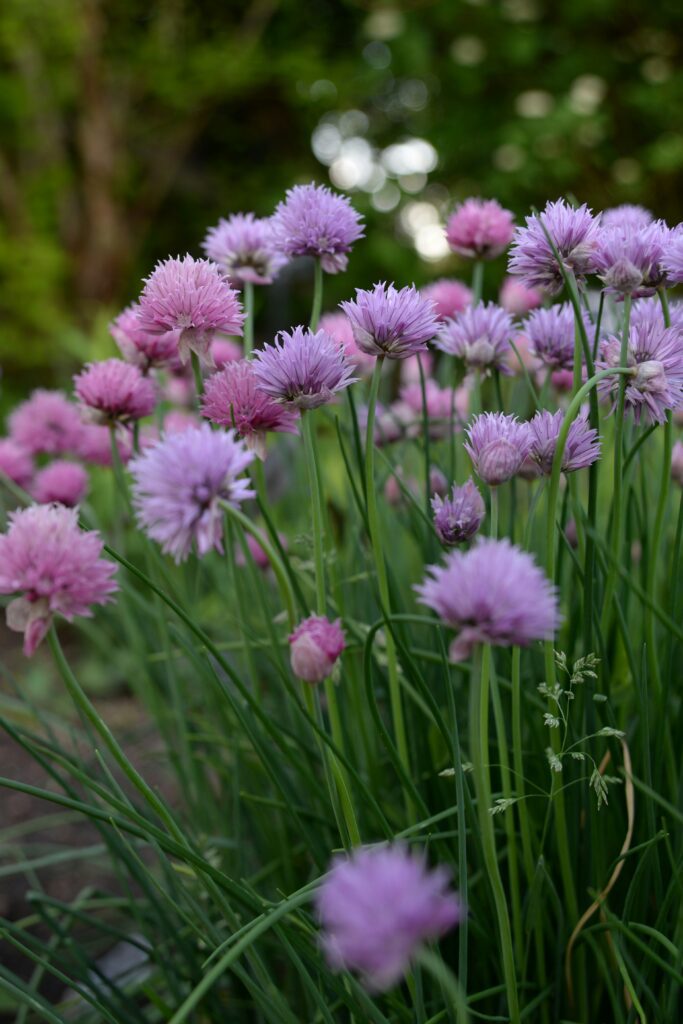
Chives
Chives were the first plant on the homestead, coming with the house! Since they sprung up the first Spring in our home, I have split them several times into contained, ornamentally landscaped areas. The bees love them and they are one of the most versatile additions to meals.
Annuals
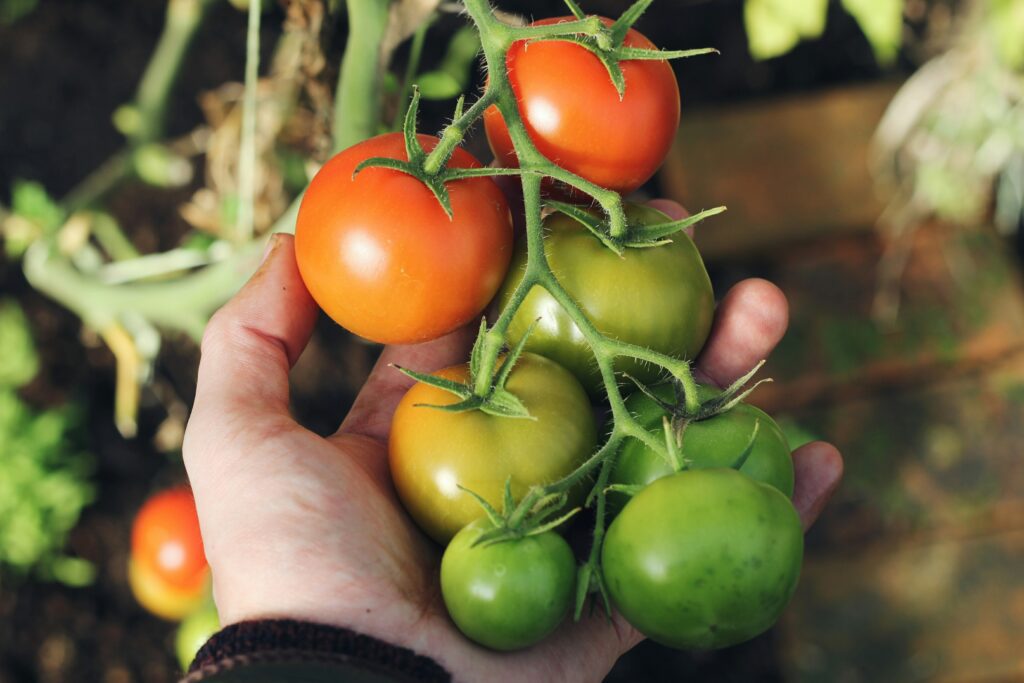
Tomato
Each year we try to grow more and more tomatoes, and admittedly, I am not very good at them yet. Tomatoes crave a lot of attention, but the yields are getting bigger every year. Each year I try to plant a few cherry or grape tomatoes for quick eating, and also a few larger varieties, like Amish Paste or Beefsteak to cook full meals and can.
Pepper (sweet)
Pepper (spicy)
Onion
Garlic
Arugula
Kale
Beans
Corn
Here’s what we’re cooking and baking on the homestead
Check out our homestead recipes for what we cook with these foods we grow:
